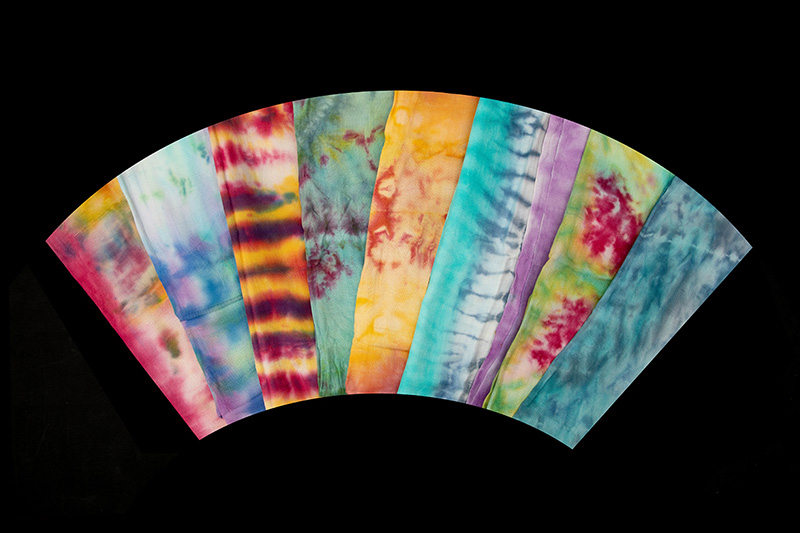Fabrics

Silk
Silk is a fibrous protein that is spun in the form of a thread from the mouth of a silkworm insect. This insect weaves the silk fiber around itself and makes a silk cocoon and lives inside it. According to historical records, China was the first country to develop silk production, and historians recorded this time as 265 years before Christ. Silk fabric is famous for its beauty and moisture absorbent nature.
This fabric has other positive features:
Strength
It is one of the best features of silk yarn and fabric. At first glance, it may seem that silk fabric is very delicate and fragile. But this fabric is one of the strongest fiber.
Silk thread owes part of its strength to the length of the thread. The silk thread produced from the cocoons of the mulberry silkworm is very long. But cotton and linen fabrics are produced from the short The threads are twisted and turned into long threads and finally woven into cloth. But the texture of silk fabric requires a difficult and delicate process, and because of this, its price becomes expensive.
Breathability
Silk fabric is light and breathable, and when you’re wearing silk all day, you’re less likely to get too hot.
Resilience
Silk fabrics almost retain their shape
Moisture absorption
Silk absorbs some moisture. Of course, water reduces the strength of this fabric and you should be careful when washing it.
Thermal regulation
Silk is good at maintaining your body temperature, keeping you cool in hot weather and warm in cold weather. If you want a fabric that is both thin and comfortable in the heat and cold, buy silk.
Drying speed
Silk fabrics dry quickly when wet.
Shine
Silk fibers are smooth, soft and very shiny and shine beautifully.

viscose
Contrary to popular belief, viscose fibers are fibers that have a natural base and are plant-based (cellulosic) like cotton and linen. The only difference that can be attributed to viscose (rayon) fibers compared to cotton and linen is that these fibers are like paper in which the wood of trees is first turned into pulp and then the final product is produced as paper. become These fibers are exactly like this. Therefore, since the production of these fibers is made by human, they are called “man-made” fibers. But you should know that fibers such as nylon and polyester are also man-made, but of a completely synthetic type (the base of these fibers is derived from petroleum materials), while viscose fibers are different from this and are “recycled man-made”.
To prepare viscose, all natural products that have sufficient cellulose, such as sugarcane pulp, paper pulp, linter (short cotton fibers left on cotton seeds) and other plant materials that have high cellulose are used in the production of viscose fibers.
